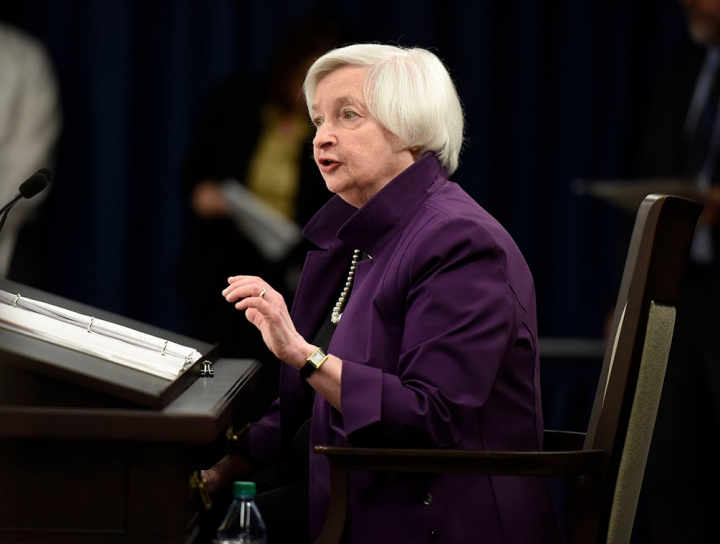There is little suspense revolving the Fed’s decision about raising interest rates later this Wednesday. Economists anticipate that the Federal Reserve will not only raise rates this week, but later on in the year as well. In the words of Moody Analytics economist Ryan Sweet, “I think they are going to raise rates and stay on the current course.”
Although recent inflation readings have been low, and growth in the first quarter has been weak, economists don’t believe this will change the central bank’s decision on a rate hike. This move to a predicted range of ~1.25% in the midst of a 16 – year low unemployment rate of 4.3%, is to ensure that the dominant U.S economy doesn’t approach another economic meltdown.
Fed officials are not worried about the strength of the economy, dismissing the weak first quarter performance as an anomaly. Fed officials believe that inflation will resume rising towards the central bank’s target of 2%. If the central bank raises rates later on Wednesday, this will mean the third time in 7 months that the Feds have increased interest rates. Supporting this sentiment, CME group suggests that traders currently see a 95% chance of a rate hike today.
Investors have reason to look forward, as updated economic forecasts are also expected to be released by the central bank. Close attention to wording used by Fed chair Janet Yellen during her press conference may also prove beneficial for many traders. However, investors should also note that the May consumer price and retail sales report will be released soon. Although the report is unlikely to affect the June rate hike, a UBS economist, Seth Carpenter notes that “a softer-than-expected inflation report could put the September rate hike at risk and potentially change the tone of the Fed’s statement.”
The Timing of Reductions
Economists are however, less congruent about the Fed’s plan to reduce its balance sheet. With the current Balance Sheet sitting at $4.5 Trillion, the Feds have expanded their balance sheet more than five times since 2008.
The questions that loom economists regard when the central bank will begin reducing their balance sheet. Analysts will be keen on the wording used by the Feds in its policy statement, seeing if there’s any change from the Feds plans to hold the balance sheet steady. According to Seth Carpenter, wording that suggest balance sheet shrinking is “well underway” is a signal that shrinking can occur as early as September.
However, majority of economists expect Yellen to provide more insight into the Fed’s plans during the press conference, suggesting that Balance Sheet shrinking won’t commence until December.
With the Feds previously forecasting three rate hikes in 2017, economists still expect the central bank to raise interest rates in September. Despite these forecasts, the market seems to have its doubts, with traders signaling only a 23% chance at a rate hike during that meeting.
Overall, economists are expecting the Feds to raise interest rates at least once more this year, with three more rate hikes anticipated in 2018. This would bring the federal rate to about 2.1% by the end of 2018. Additionally, UBS believe in a 40% chance of two more rate hikes in 2019 rather than the three observed in March.
Ryan Sweet, economist at Moody’s Analytics notes that the Fed won’t worry about low expectations just yet. They have proven capable of controlling the situation and raising expectations as evidenced by its March meeting.
Featured Image: twitter










